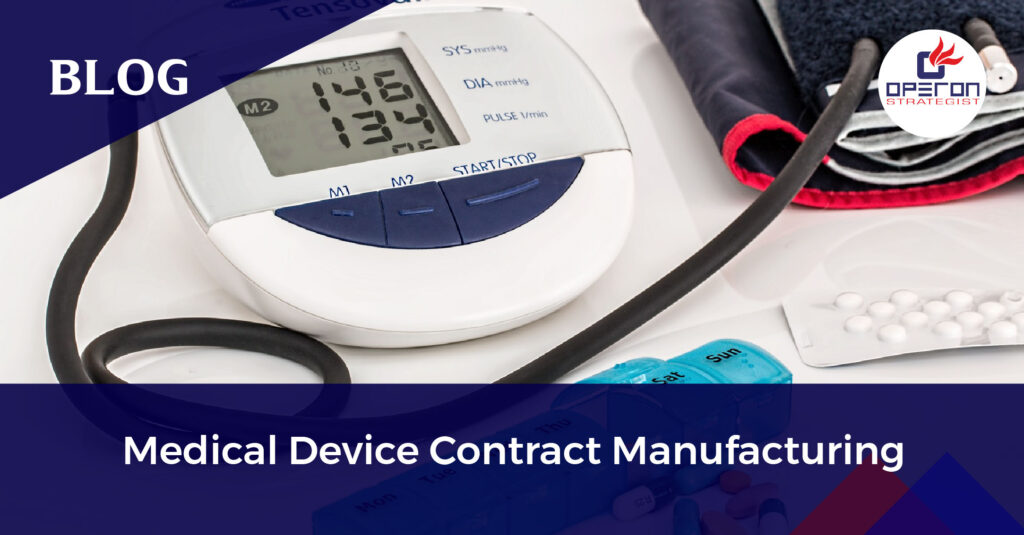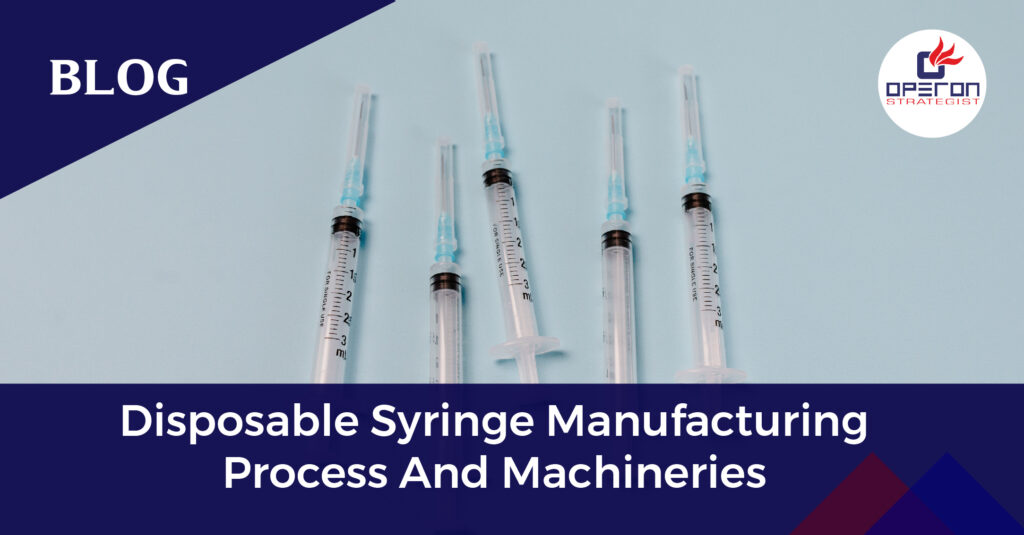Preventing spread of infection relies on effective use of Disposable Medical Gowns from the coronavirus disease 2019 (COVID-19). With increasing awareness about the highly communicable bacteria and viruses, medical professionals and associations are making it mandatory to use protective Disposable Medical Gowns to barrier the spreading of various diseases like SARS, HIV, hepatitis, etc.
These diseases, which may be caused by a variety of microorganisms, can pose significant risks to human life and health unless sufficient measures are taken. Are medical professionals really feeling safe with existing Disposable Medical Gowns prevalent in the market? Do these gowns provide absolute barrier to viruses along with providing comfort? Can we rely on the performance or is there something else we need to understand and modify?
- Operon Strategist is a medical device manufacturing regulatory consulting company which provides regulatory advisory & guidance to various manufacturers in the healthcare industry to ensure the strategic development of the manufacturers.
- With the best technical team working for you, along with excellent assistance, timely responses and affordable fees structure.
Looking For Consultants?
Let’s have a word about your project
Looking Forward to Medical Device Manufacturing Regulatory Consulting?
We serve our clients by providing turnkey services, system implementation, training, licensing, regulatory approvals and certifications.
Contact Us or WhatsApp Us for more details
This article reveals some facts about these questions.
Disposable Medical Gowns serve a critical role in infection control by protecting healthcare workers, visitors, and patients from the transfer of microorganisms and body fluids. The decision of whether to use a reusable or disposable garment system is a selection process based on factors including sustainability, barrier effectiveness, cost, and comfort. The environmental impacts of market-representative reusable and Disposable Medical Gowns systems were compared using standard life cycle assessment procedures. The basis of comparison was 1,000 isolation gown uses in a healthcare setting. The scope included the manufacture, use, and end-of-life stages of the gown systems.
At the healthcare facility, compared to the Disposable Medical Gowns system, the reusable gown system showed a 28% reduction in energy consumption, a 30% reduction in greenhouse gas emissions, a 41% reduction in blue water consumption, and a 93% reduction in solid waste generation.
How are Disposable Medical Gowns Made?
Disposable Medical Gowns are commonly made from nonwoven materials such as polypropylene, polyester, or polyethylene. Rather than sewn, the garments are typically assembled using thermal, chemical, or mechanical seaming. A number of companies are gearing up for the temporary effort of making these garments to augment the short supply. It helps if a company is directly involved in manufacturing and at least peripherally involved in producing biologically oriented products.
Difference Between Disposable Medical Gowns And Reusable Medical Gowns
- Reusable Medical Gowns
While all reusable gowns met minimum AAMI PB70 requirements for impact penetration and hydrostatic pressure water resistance, the disposable gowns in this study did not. For impact penetration, only the L3 disposable gown met AAMI requirements. This could be reflective of the L3 gown\’s fabric thickness and fabric weight, both of which are more than twice that of the L1 and L2 disposable gowns. Fabric thickness and weight are known to be related to protection.
- Disposable Medical Gowns
The disposable gowns are made from diverse non-woven materials which have better plasticity features. These gowns are made by different fiber joining techniques to increase their toughness which is why these are more resistant to wear and tear.
These gowns are made in a way to acts as a barrier between the spreading of different infections and micro-organisms. These gowns are of two types i.e., waterproof and non-waterproof. The FDA classifies Disposable Medical Gowns as Class II medical devices that are subject to stringent pre-review and standards. Non-surgical isolation gowns, on the other hand, are Class I, and not subject to prior review, making them an ideal item for which other manufacturers and volunteers may fill in the gaps.
Talking about appearance, disposable isolation gowns and protective gowns are commonly used as compared to disposable cloth medical surgical gowns. Surgical medical gowns can be used in place of the other two gowns requirements but not the other way around.
For More Information About Regulatory Compliances and QMS Regulations
- adminhttps://operonstrategist.com/author/admin-2/
- adminhttps://operonstrategist.com/author/admin-2/
- adminhttps://operonstrategist.com/author/admin-2/
- adminhttps://operonstrategist.com/author/admin-2/




